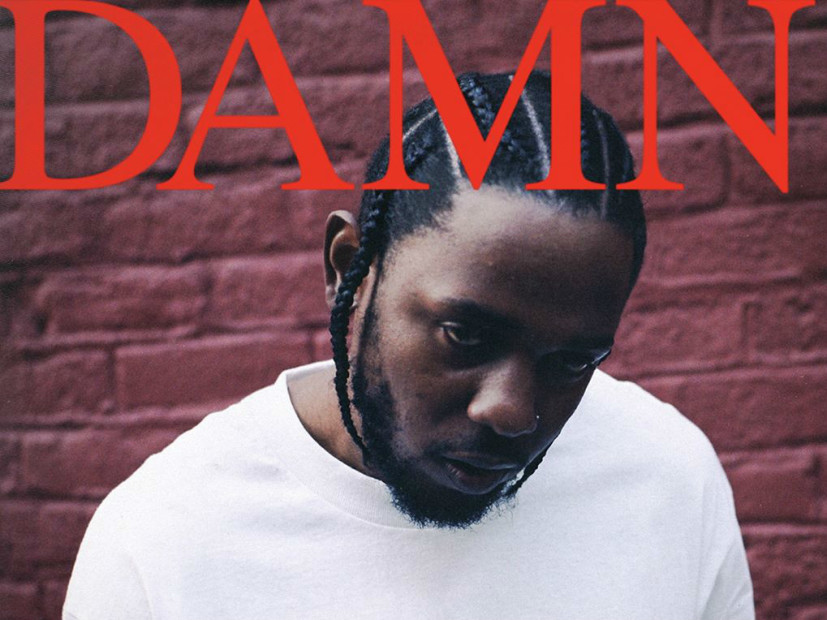
Four albums in and Kendrick Lamar has yet to peak. “DAMN.” — the rapper’s highly anticipated album following the 2015 release of “To Pimp A Butterfly” — is comprised, in typical Lamar fashion, of consistently strong, visual lyrics and hard-hitting beats. Dropped on March 30, the first single off of the album, “HUMBLE.,” is, on its own, an inspired power anthem. The single was accompanied by a powerful video, depicting Lamar at the Last Supper as the lens’s focus and angle shift with the changes in the beat. The rest of the album was released on April 14.
While many applaud Lamar for his fearless experimentation with visuals, both lyrically and in music videos, others find his music difficult to get into. For the latter, it’s a mixture of needing to learn how to listen to the genre of rap and embracing Lamar’s knack for experimentation. This album isn’t a sociological text, but living and breathing art. With each listen, further interpretations and depth can be derived.
The lead single, “HUMBLE.,” feels heavier in relation to earlier tracks on the album, “FEEL.,” “LOYALTY.” and “PRIDE.,” and reiterates Lamar’s position as a rap icon. However, it feels like Lamar is reminding himself to let his actions and work speak: “I stay modest ‘bout it, ayy, she elaborate it,” he raps in the single. Lamar catches himself, acknowledging, “there are levels to it, you and I know.”
Lamar’s message throughout the album remains strong — he is not about the flashy and superficial, but instead the craft and the people, stating on the track “ELEMENT.” “I don’t do it for the ‘Gram, I do it for Compton.” “DAMN.” is not about stunting on his critics. For Lamar, it is about honesty and the reflections of a man of color navigating a world that has turned discrimination into a political issue.
The cover art of the album is a portrait of Lamar, somewhat heavy-lidded, but still a demanding presence. Vlad Sepetov, the graphic designer who designed the cover, took to Twitter to defend what some called a “’bad’ design.” The cover art is just as rooted in political criticism as the music. “DAMN.,” written across the top in crimson red, is similar to the Time magazine logo, alluding to the President Donald Trump “2016 Person of the Year” issue released earlier this year.
The more you sit with the work, the more nuance and connections become apparent. The addition of music videos reveals more of the artist’s intention. The video for “DNA.” takes place in an interrogation room with actor Don Cheadle, with the two of the them creating a dialogue through the rap. Through this video, Lamar continues to make a statement, using the platform to make commentary on the state of police brutality.
The all-caps style of the title and tracks is reminiscent of DJ and producer Kaytranada’s album “99.9%”. Kaytranada and Rihanna are both featured on “DAMN.” Singer-songwriter James Blake also lends a feature on “ELEMENT.,” and rock group U2 appears on a track produced by producer Mike WiLL Made-It. Bekon, or Daniel Tannenbaum, is credited for producing seven of the album’s songs, along with a slew of other producers and collaborators. The 18-year-old musician Steve Lacy produced the track for “PRIDE.,” and used GarageBand on his iPhone 6. The collaborators on “DAMN.” create intricate, layered beats and a sound that is more trap than Lamar’s previous works.
At this point in his career, Lamar’s standing as a rapper for a Trump generation is secure. “DAMN.” solidifies Lamar’s status as a leader in rap today.


